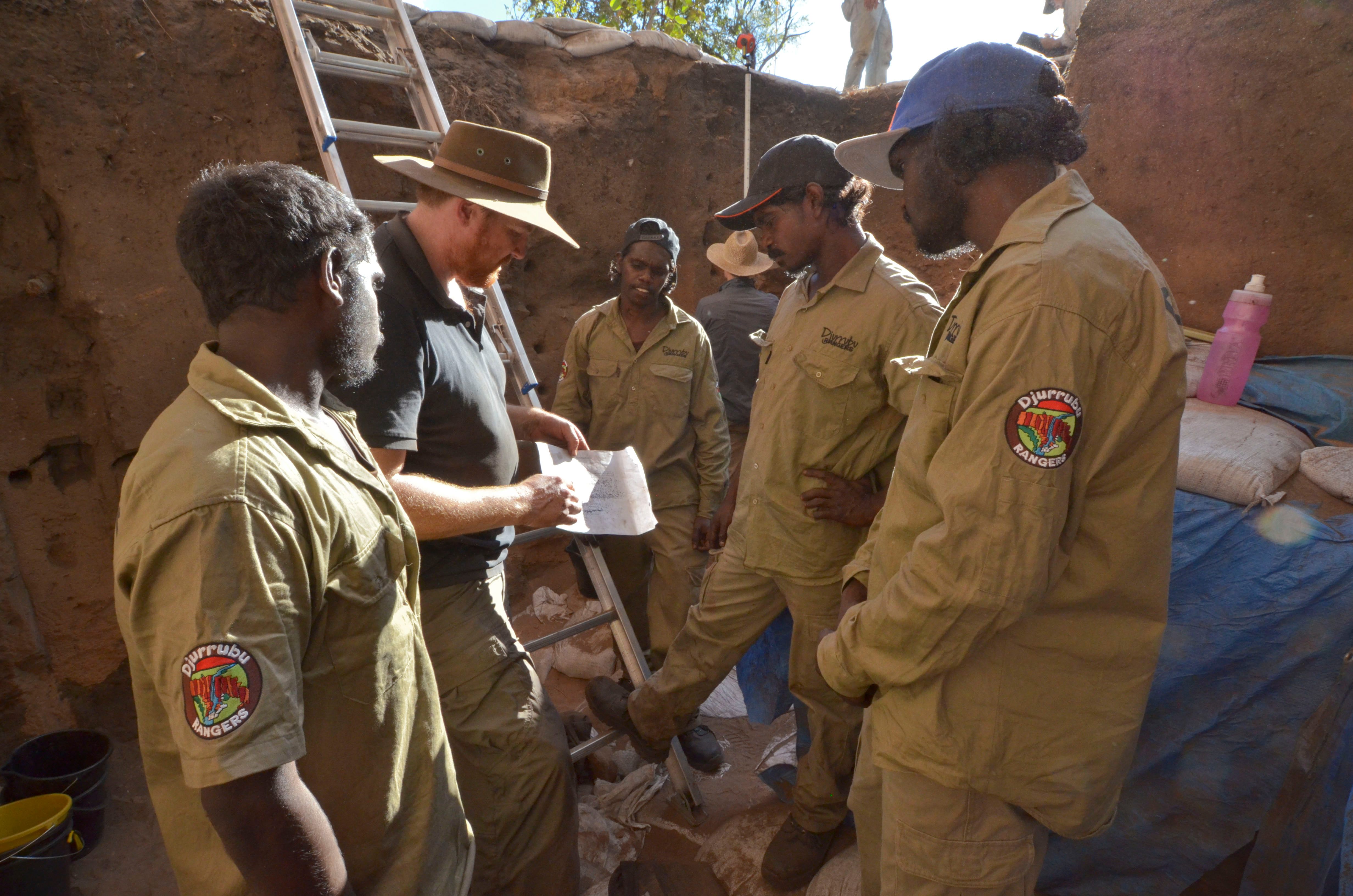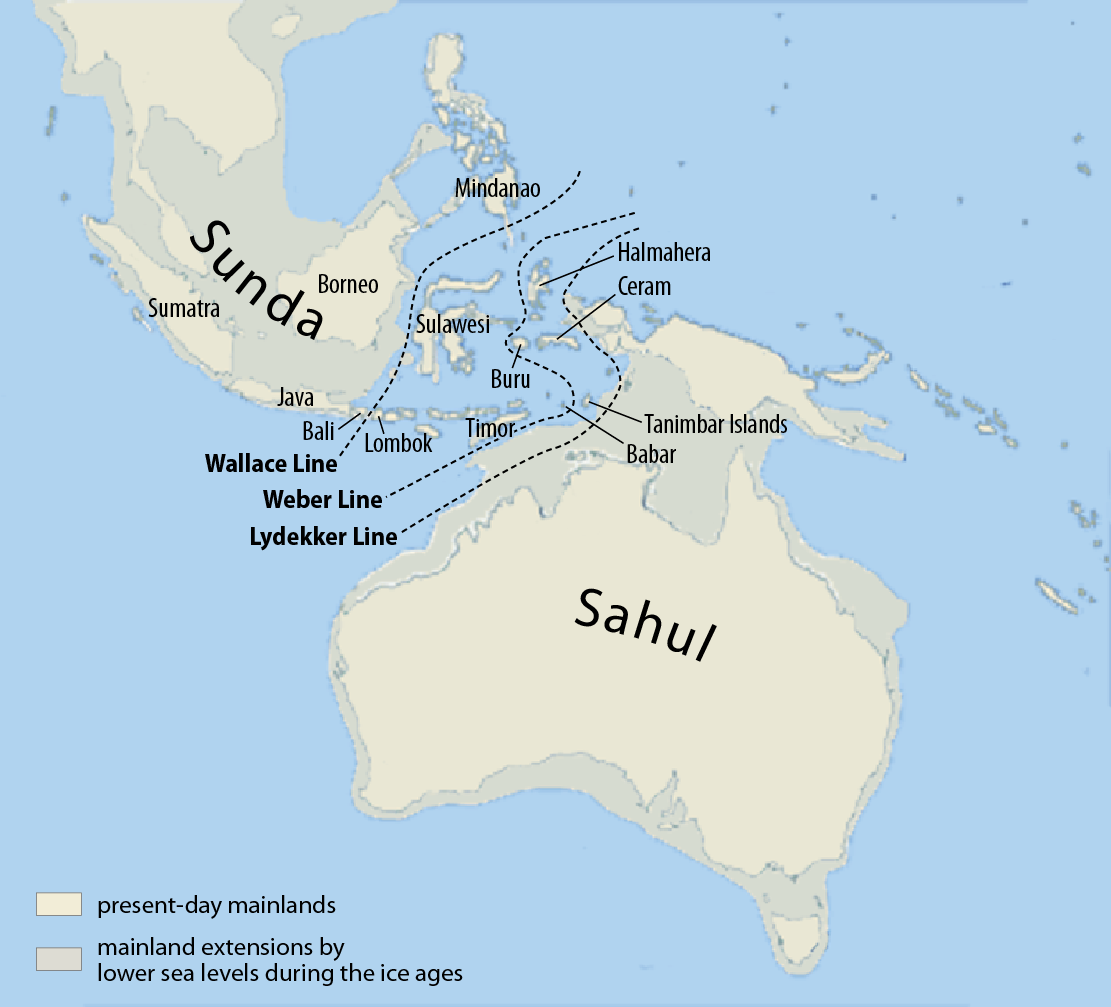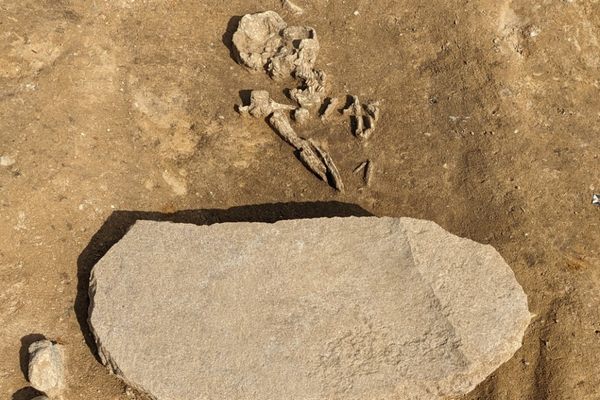How Humans Reached Australia 65,000 Years Ago
New research shows that they arrived far earlier than previously thought.

Archaeologists said Wednesday that they have evidence that humans were in Australia around 65,000 years ago, or about 18,000 years earlier than previous evidence showed. These humans, who made and left a variety of stone tools excavated from a rock shelter called Madjedbebe in northwest Australia, would have been among the first to leave Africa, where modern humans originated before migrating across the globe.
Why Australia? Sixty-five thousand years ago was the middle of a glacial period. The path to Australia, across the Middle East, through India and Southeast Asia, would have been a temperate alternative to exploring frosty Western Europe.
It still wasn’t an easy journey, and not all of it was on foot. As the Sydney Morning Herald reports, “The discovery also confirms that Australian Aborigines undertook the first major maritime migration in the world—they had to sail a minimum of [55 miles] across open sea to reach their destination whatever route they took in their long journey out of Africa.”

They might have made that crossing through the waters pictured above. At the top there is Timor, and at the bottom the northern tip of Western Australia. At the time of this early migration, sea level was low, since a lot of water was tied up in glaciers. So it may not have been very far from the island of Timor to Sahul, the landmass that included Australia and New Guinea, as seen below.

Fifty-five miles may not sound like a lot, compared to a journey that covered thousands, but imagine setting off in a prehistoric boat, perhaps seeing only the horizon and open water, and thinking that you’ll probably die, but then doing it anyway.














Follow us on Twitter to get the latest on the world's hidden wonders.
Like us on Facebook to get the latest on the world's hidden wonders.
Follow us on Twitter Like us on Facebook